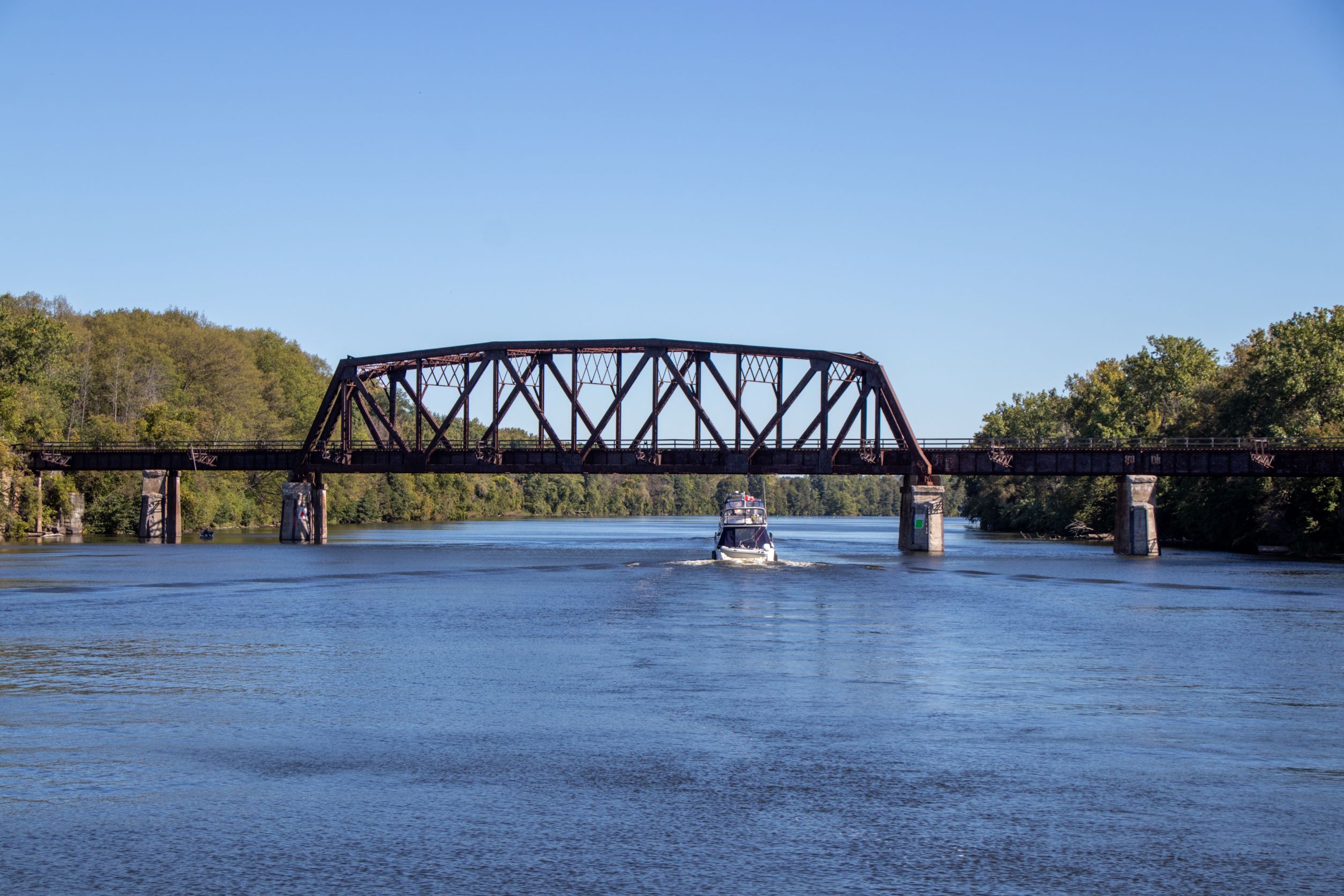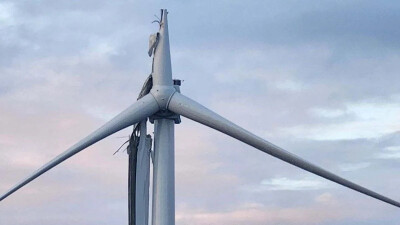The commercial marine industry has seen greater adoption of technology recently as the industry has looked for ways to solve a variety of issues including hiring shortages.
Some of the most valuable technological innovations have been integrations and improvements to existing tools which make formerly tedious and complex workflows much more efficient and productive. One example of this was announced earlier this year by Kongsberg Maritime and Qii.AI, whose new ScanFuse tool will utilize machine learning (ML) and artificial intelligence (AI) to more easily complete above and below the waterline inspections.
Kongsberg is a manufacturer of marine technology including sonar sensors that are used for above and below the waterline inspections. Qii.AI specializes in building software to bring together multiple types of data, including that from sonar, with AI and ML to create a single model with little-to-no human intervention. Konrad Mech, a sales director from Kongsberg, and Naya Chi, director of product marketing for Qii.AI, spoke with WorkBoat.com about their new partnership.
What are above and below waterline inspections and why do they matter?
At its most simple definition, it is exactly what it sounds like: An inspection of anything that appears both above and below the waterline. This includes infrastructure along a coastline, such as bridges, dams, and ports, as well as locks and canals. These structures must be maintained to avoid major delays along crucial waterways.
In order to complete these inspections, scans are taken of an entire structure and turned into a digital model. Generally, sonar is used to inspect everything below the waterline, capturing images in phases. For the sections above the waterline, inspectors can use either photogrammetry – a process involving a series of overlapping photographs – or lidar – a similar process to sonar but using light beams instead of sound waves – to create a model. This can be done using drones flying around a structure, or with terrestrial laser scanners moved around to capture from every angle.
Get the highest resolution images
When performing sonar inspections, there are generally two broad options to choose from: Single-beam versus multibeam sonar heads. Generally, multibeam will capture images using multiple beams, giving it a greater range and needing less time to complete a scan of an object or structure. However, while a single-beam sonar will necessitate more scans with a lower range, it will also produce a higher quality image. In its simplest form, the trade-off is low frequency (and lower resolution) with long range, and high frequency with short range.
With this partnership, Kongsberg specifically calls out their 1171 sonar, which is a high-resolution single-beam solution. Mech noted that their 1171 sonar generally has a higher resolution than its competitors, and also carries the ability to adjust the frequency. In other words, depending on a project, the user has the choice to switch to a lower frequency to get a higher range, or a higher frequency for a higher resolution, depending on the size of the area you’re looking to inspect. If you need a highly detailed image for a small area, it makes sense to use a higher frequency, but for broader targets the workflow can be sped up with a lower frequency while still receiving the resolution necessary.
Getting the most from the data
With the new Kongsberg-Qii.AI partnership, the process of collecting data is largely the same, but deriving the value from the data is different. Traditionally, this is a cumbersome process that takes years of experience and expertise. Using single-beam sonar, an engineer needs to piece together a mosaic of overlapping images to complete a full picture, something that can take hours or even an entire day of work to get right.
With the software provided by Qii.AI, that work can be done “instantaneously," Mech said. And then in addition to simply putting together the mosaic image, the AI can provide insights of areas that need further inspection, and other potential issues with a structure. Qii.AI's Chi said that the “standard algorithms are built in-house and ready to be used from day one, and are customizable for each client depending on specific use cases and standardizations.” Furthermore, the AI becomes “smarter” with each passing inspection as users create their own labeled data in the software. She adds that, “so inspectors/engineers as subject matter experts can have full control of accurate training data for their own unique AI modules – all happening automatically while they’re performing digital inspection.”
Big development for the marine industry
As mentioned above, this work is crucial to prevent navigation delays, particularly on the inland waterways. Additionally, the software can be used with sonar data from under the water, identifying potential barriers. Mech said one example is being able to clear out debris from a navigation path following a disaster.





